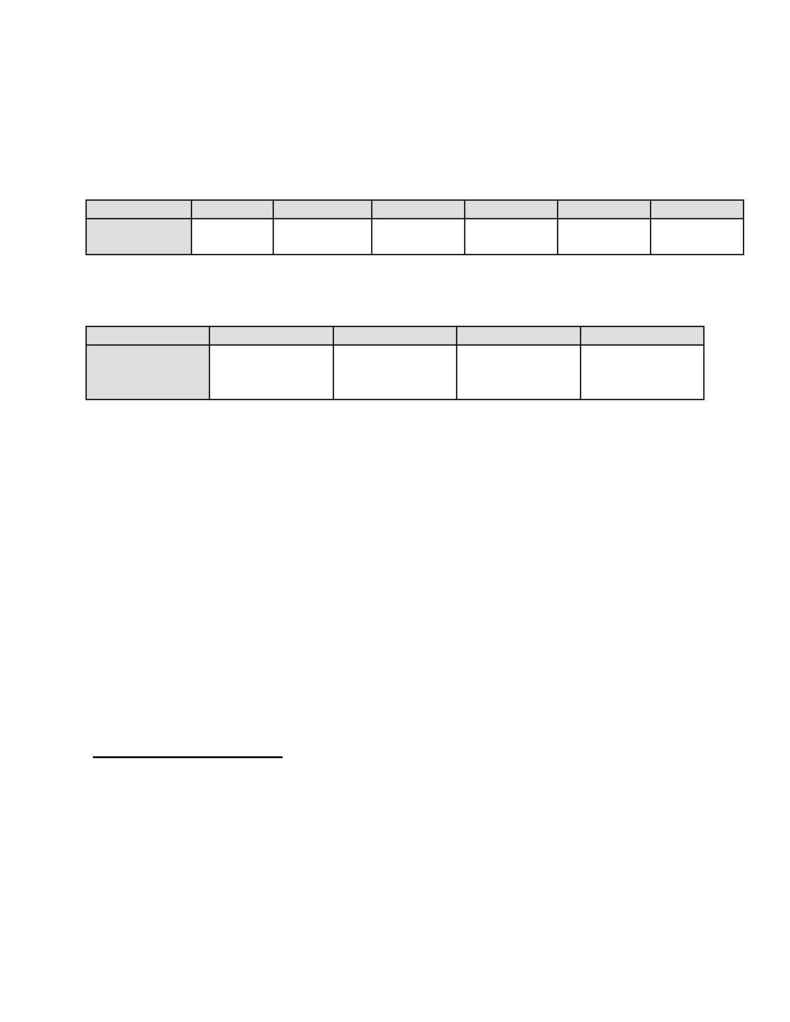Kolmetz.com Cooling Tower Monitoring 10 Page 10

Each individual plant's discharge and the combined outfall is sampled weekly for BOD, TSS,
VOCs, and residual chlorine.
Typical Weekly Analytical Data
BOD
TSS
TOC
VOC
Residual Cl
pH
Typical Total
Outfall Data
6.72 mg/l
5.47 mg
54.21 mg/l
Non
Detectable
0.138 mg/l
7.35
Typical Daily Analytical Data
TOC
VOC
Residual Cl
pH
Typical Cooling
Tower Blow
Down Data
70 80 mg/l
Non Detectable
0.2 0.4 ppm
7.2 7.8
6. Current
Regulations
Conventional testing of cooling tower performance to assess air emissions impacts following
standard EPA protocols is not feasible. The standard EPA test methods analyze the emissions
across a traverse in a stack or duct, at a minimum distance from any disturbance such as a fan.
This is not possible with a cooling tower, where the air discharge to the atmosphere is generally
immediately after the fan.
Monitoring cooling tower performance to assess air emissions impacts can still be accomplished
in several different ways. Some monitoring may be specifically required by a source's air
operating permit, an air pollution regulation, or the source's NPDES water discharge permit.
Some additional monitoring may be needed to ensure compliance with other laws or regulations.
Site-specific issues and the propensity for cooling tower emissions or releases would determine
this source specific monitoring. Some of the monitoring which may be required for a cooling
tower are identified below:
Total Dissolved Solids (TDS): The TDS of the cooling tower water is a surrogate monitoring
parameter for PM10 emissions from cooling towers. The Environmental Protection Agency's
AP-42 Emission Factor Manual identifies emission factors for most industrial sources. For
PM10 emissions from cooling towers, the emission factor is a function of the circulation rate and
the TDS of the cooling water. PM10 emissions or significant deviations in PM10 emissions
from cooling towers could be assessed based on the TDS of the cooling water.
The TNRCC of Texas has developed an "Air Quality Permit Technical Guidance for Chemical
Sources: Cooling Towers" and the BACT Guidelines for cooling towers monitoring of VOC and
design of the tower to reduce drift. To reduce the PM10 emissions, the operators and design
